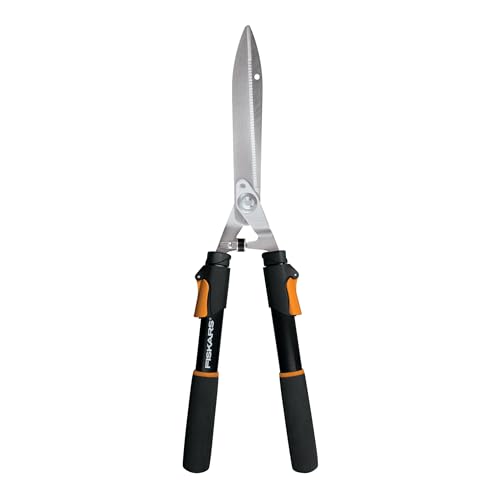How to cut an overgrown hedge – expert tips for tackling unruly and out-of-control boundaries
Discover when to trim an overgrown hedge and the expert-recommended rules to follow to bring it back under control


A hedge often makes a fantastic way of creating a boundary and giving privacy to a backyard. Pruning hedges is important to keep the plants healthy, well-shaped, and under control - as they can quickly get overgrown and unruly if left untrimmed for too long.
Overgrown hedges can be unsightly and block sunlight from getting into your garden. They may invade space, lead to disputes between neighbours, and even result in fines when tall hedges flout homeowners association rules. A hedge that has got overgrown can be trickier to prune, but it is not a lost cause and they can be brought back into line over time.
So you need to know how to prune hedges and, more accurately, cut back overgrown hedges. Whether they are causing problems now or threatening issues down the road, it pays to know how to cut back overgrown hedges - as it may take planning and time to fix.
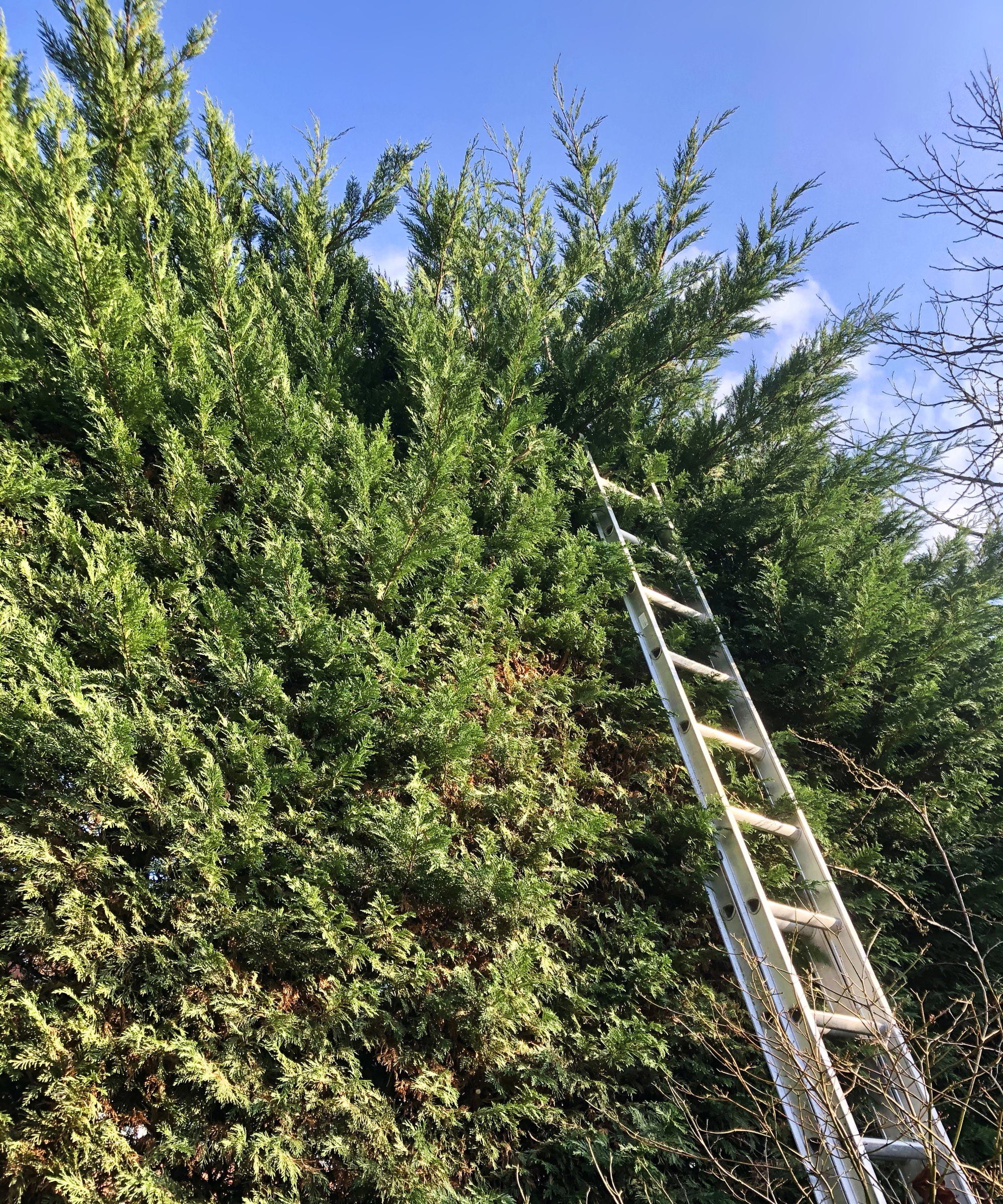
How to cut back overgrown hedges - an expert guide
For many years, I pruned hedges as a professional gardener in large, historic public gardens in the UK. I have also spoken to some garden experts to put together helpful tips for how to cut an overgrown hedge. This guide looks at when and how to cut an overgrown hedge so yours can recover from trimming to look great and grow as healthy as possible.
When to trim an overgrown hedge
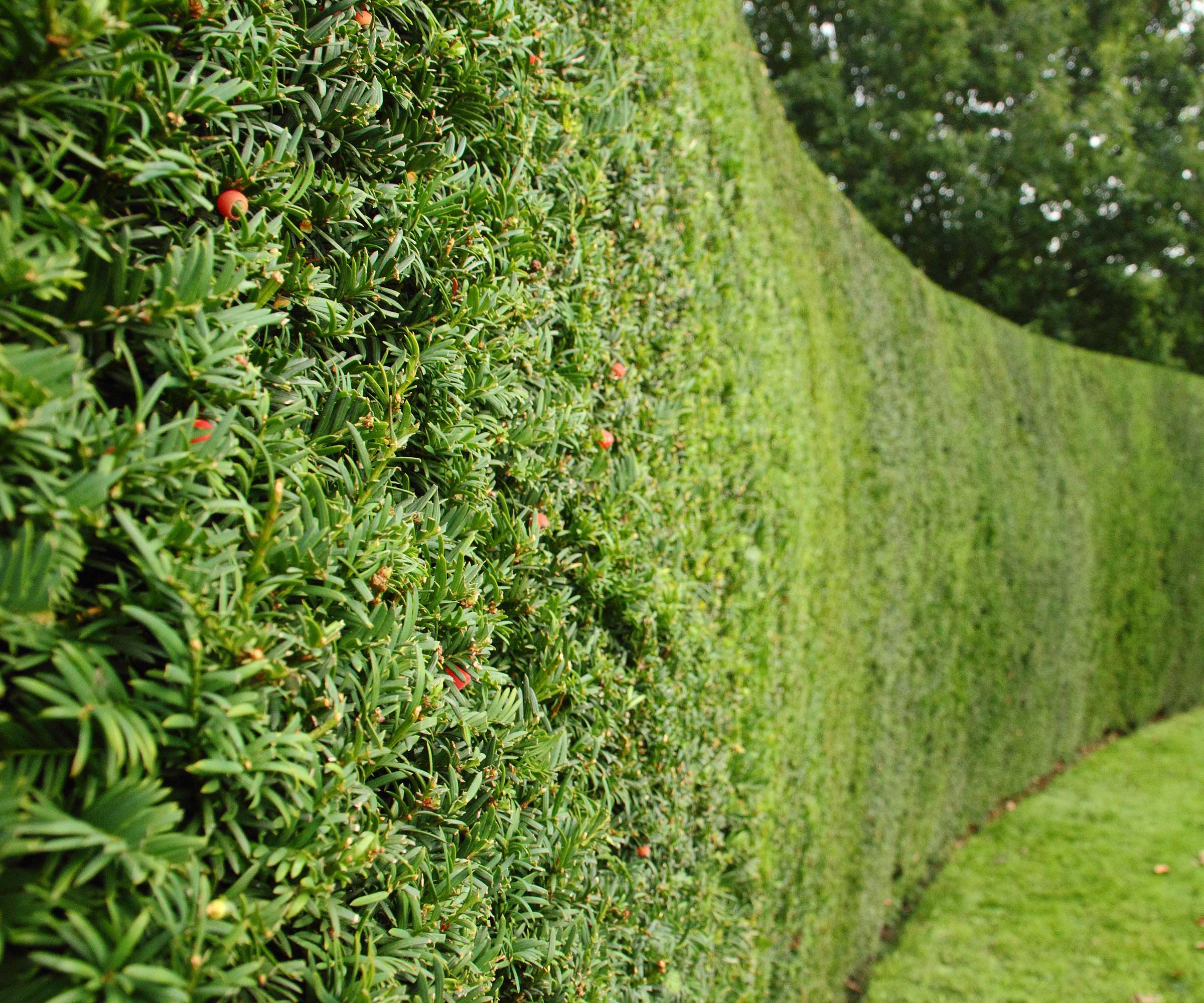
It is imperative to prune hedges at the right time of year. This helps guarantee that the hedge responds to the pruning with healthy growth and minimal risk of diseases. When deciding when to prune hedges, it is important to consider the type of hedging plant. Late winter or early spring is usually ideal for pruning deciduous hedges, while late spring is best for trimming evergreen bushes and hedges.
‘However, as a rule of thumb, I’d recommend pruning most overgrown hedges in spring, just before new growth starts – an overcast, cloudy day, neither too hot nor too cold, will make for ideal conditions,’ recommends Paul Hicks, product and marketing manager at STIHL GB. ‘No matter what type of hedge you have, you must always make sure to check for nesting birds or other wildlife before taking on the task, and never remove or damage an active nest.’
Overgrown hedges may require more extensive pruning than regular hedge trimming. It is better to carry out more large-scale trimming over a few years, and it would be a pruning mistake to attempt to do it all in one go.
'It’s important to be patient and not try to trim everything back all at once. Instead, aim to prune over a few seasons,’ advises Steve Swanborough, a gardening expert at Henchman. ‘This gradual approach allows you to rejuvenate the hedge without stressing the plant.’
Is there any time to avoid cutting an overgrown hedge? It would not be advised to cut overgrown hedges in the fall in cooler climates. This encourages a fresh flush of new growth that will not harden off before winter - leaving the tree vulnerable to pests and diseases. There are also lots of fungal spores around at that time that can get into pruning wounds.
Also, never prune an overgrown hedge in periods of extreme weather, including extreme cold in midwinter or extreme heat in midsummer. Both of which can stress the hedge and jeopardize its future health.

Steve Swanborough is Henchman’s resident gardening expert, working closely with the team at shows such as RHS Chelsea Flower Show and RHS Hampton Court Palace Garden Festival. Having previously worked as a private gardener in South London, Steve brings years of horticultural experience to Henchman, and his favourite part of the job is helping customers with any hedge-related problems they might face.
How to trim overgrown hedges - expert tips for success

Proper pruning will keep any fast-growing hedge healthy and aesthetically pleasing. However, even if a hedge gets unkempt it can be brought back into control by following some simple steps. Here are a few pointers from professionals about how to cut an overgrown hedge.
Before trimming, Steve Swanborough hails how important it is to have the correct pruning tools for pruning overgrown hedges. ‘Sharp shears are essential for quick and effective cutting and ensuring they are clean will also reduce the risk of disease to the plant,’ says the experienced horticulturist.
The best garden tools for trimming an overgrown hedge may include pruning shears, hedge shears, hedge trimmers, long-handled pruners or a ladder for well-established branches. ‘Always wear a pair of gloves with good grip to make handling tools easier and consider safety goggles too,’ says Steve about personal protective equipment.
Start with the sides of the hedge and work upwards from the bottom of the hedge. Focus on renewal pruning and remove the oldest and thickest branches first to encourage fresh growth. However, be selective about which branches you remove. Graham Smith, a gardening expert from LBS Horticulture, warns: ‘An overgrown hedge can cope with being heavily trimmed, but do not cut any of the main branches that feed the top of the plant.’
As mentioned above, it is important not to prune everything if the hedge needs lots of renovation. The one-third pruning rule says not to remove more than a third of the entire growth in one go - and it is something to consider when you cut an overgrown hedge. Removing too much growth can stress the hedge, leaving it vulnerable to pests and diseases and leaving question marks over how well it will respond to trimming.
‘Prune it back hard, but only one on side, allowing your plant time to recover before pruning back the other side the following year,’ says Paul Hicks. While you prune one side hard, prune the other half with a more gentle touch and don’t reduce the height. Do the other side hard the following year and then finally reduce the height in year three.
When you prune, shape the hedge so it is thinner at the top than the bottom to allow light to get to the bottom of the hedge and help with healthy regrowth. Clear away the clippings after pruning to reduce the risk of pests and disease and give the hedge extra care after trimming.
‘Make sure to water your hedge well in any dry spells after renovation, for at least the first growing season, and mulch and feed your hedge in spring to promote growth,’ adds Paul Hicks.
Tools to cut an overgrown hedge
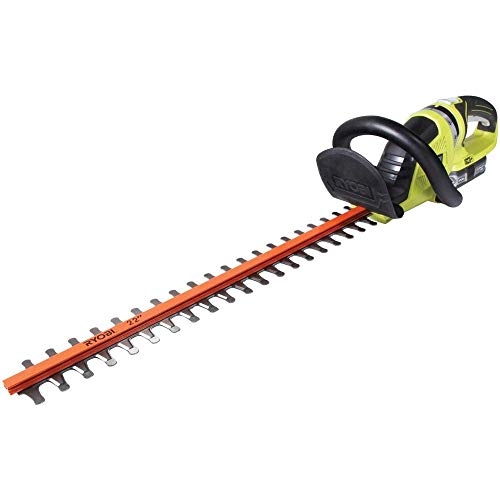
An 18-volt cordless hedge trimmer with a long 22-inch blade with a 3/4 inch cut capacity. It is a lightweight trimmer yet ideal for tougher, larger hedges.
FAQs
What is the best tool for cutting overgrown hedges?
A variety of pruning tools may be required to cut an overgrown hedge. It will depend on the type of hedge and how overgrown it is, but a combination of a hedge trimmer, a pair of loppers, and some pruning shears are usually the best tools. Smaller hedges that need controlling may be pruned with hedge shears.
Can you cut a hedge back too much?
Yes, you can be too vigorous when you cut an overgrown hedge. Trimming too much material in one go can stress the hedge and this will affect how, or if, it regrows after trimming. Removing too many leaves can affect photosynthesis and some hedging plants will not recover well when pruned far back into the old wood. Taking the time to cut an overgrown hedge back in a planned and gradual manner will reduce the risk of stressed plants and the hedge dying back.
It may not be your overgrown hedge. Unruly hedges can trigger disputes between neighbors and you may find yourself thinking, can I cut my neighbors hedge? If this is an issue affecting you, the law says you can trim any part of the overgrown hedge growing over your property line, but not past that point and into your neighbor’s property.
Sign up to the Homes & Gardens newsletter
Design expertise in your inbox – from inspiring decorating ideas and beautiful celebrity homes to practical gardening advice and shopping round-ups.

Drew’s passion for gardening started with growing vegetables and salad in raised beds in a small urban terrace garden. He has worked as a professional gardener in historic gardens and specialises in growing vegetables, fruit, herbs, and cut flowers as a kitchen gardener. That passion for growing extends to being an allotmenteer, garden blogger, and producing how-to gardening guides for websites. Drew was shortlisted for the New Talent of the Year award at the 2023 Garden Media Guild Awards.
-
 Do cleaning products expire? Professional cleaners warn time could make them ‘less effective, and in some cases, irritating to use’
Do cleaning products expire? Professional cleaners warn time could make them ‘less effective, and in some cases, irritating to use’For the best results, it pays to stay on top of the timeline of your cleaning products
By Chiana Dickson Published
-
 7 of the best tomatoes for growing in pots - expert growers pick their top varieties ideal for large harvests from containers
7 of the best tomatoes for growing in pots - expert growers pick their top varieties ideal for large harvests from containersYou can enjoy bumper homegrown harvests in small spaces
By Drew Swainston Published
-
 How to coppice trees and shrubs – and the 5 species that will benefit from this historical and super simple pruning technique
How to coppice trees and shrubs – and the 5 species that will benefit from this historical and super simple pruning techniqueCoppicing has aesthetic and practical benefits in a garden
By Drew Swainston Published
-
 Horticulturists urge you to prune these 7 plants in April – for healthy growth and better-than-ever flowering displays
Horticulturists urge you to prune these 7 plants in April – for healthy growth and better-than-ever flowering displaysDiscover a key selection of plants to cut back this month, with expert pruning advice
By Drew Swainston Published
-
 Safety is the number one reason to prune a cottonwood tree – an arborist reveals the best trimming routine to follow
Safety is the number one reason to prune a cottonwood tree – an arborist reveals the best trimming routine to followWhen and how to prune young and established cottonwoods
By Drew Swainston Published
-
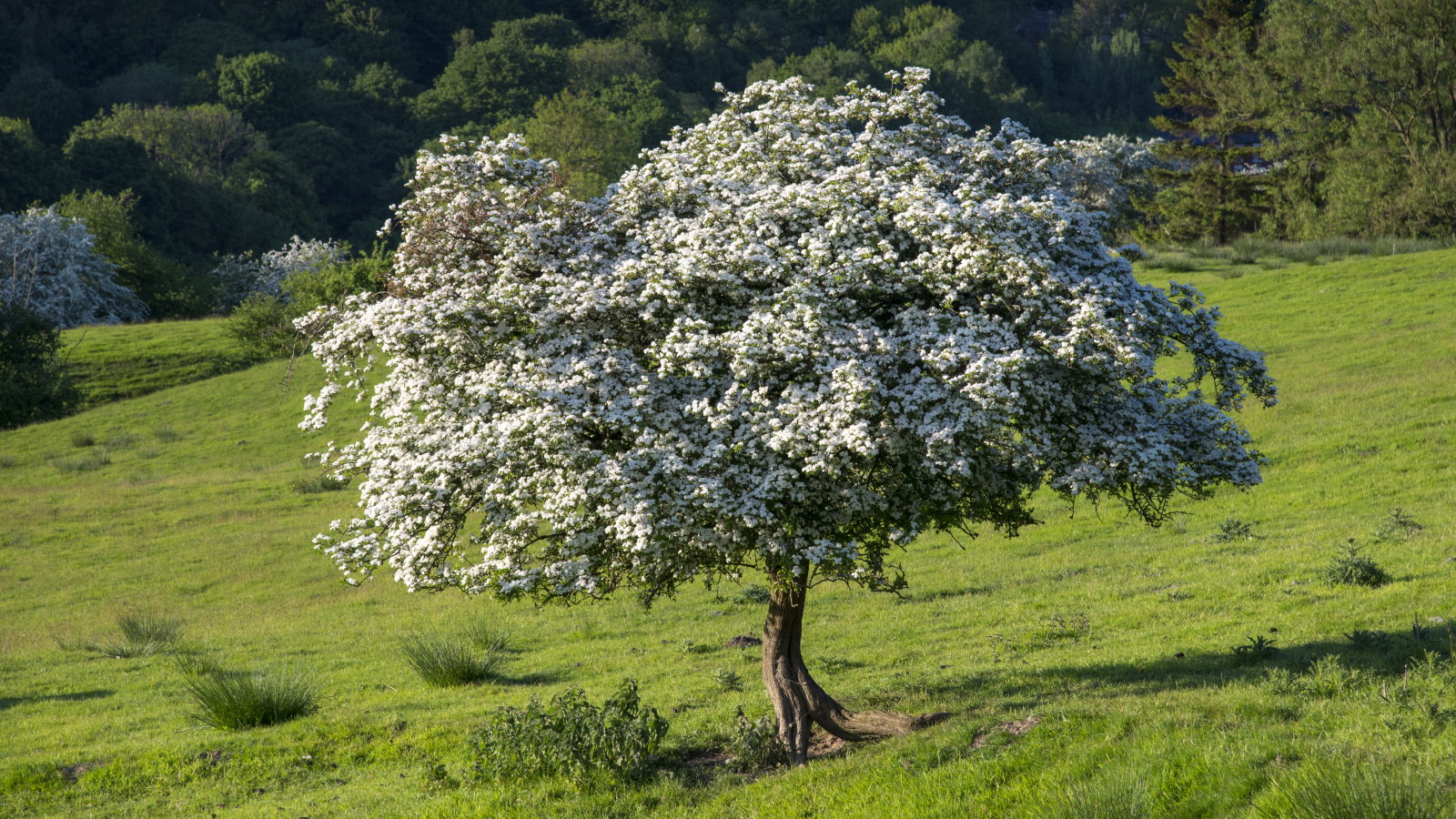 Now is the time to prune hawthorn trees to keep them healthy and attractive – 5 expert-recommended steps to follow for proper trimming
Now is the time to prune hawthorn trees to keep them healthy and attractive – 5 expert-recommended steps to follow for proper trimmingAvoid unnecessarily stressing your trees by pruning at the right time and not getting carried away
By Drew Swainston Published
-
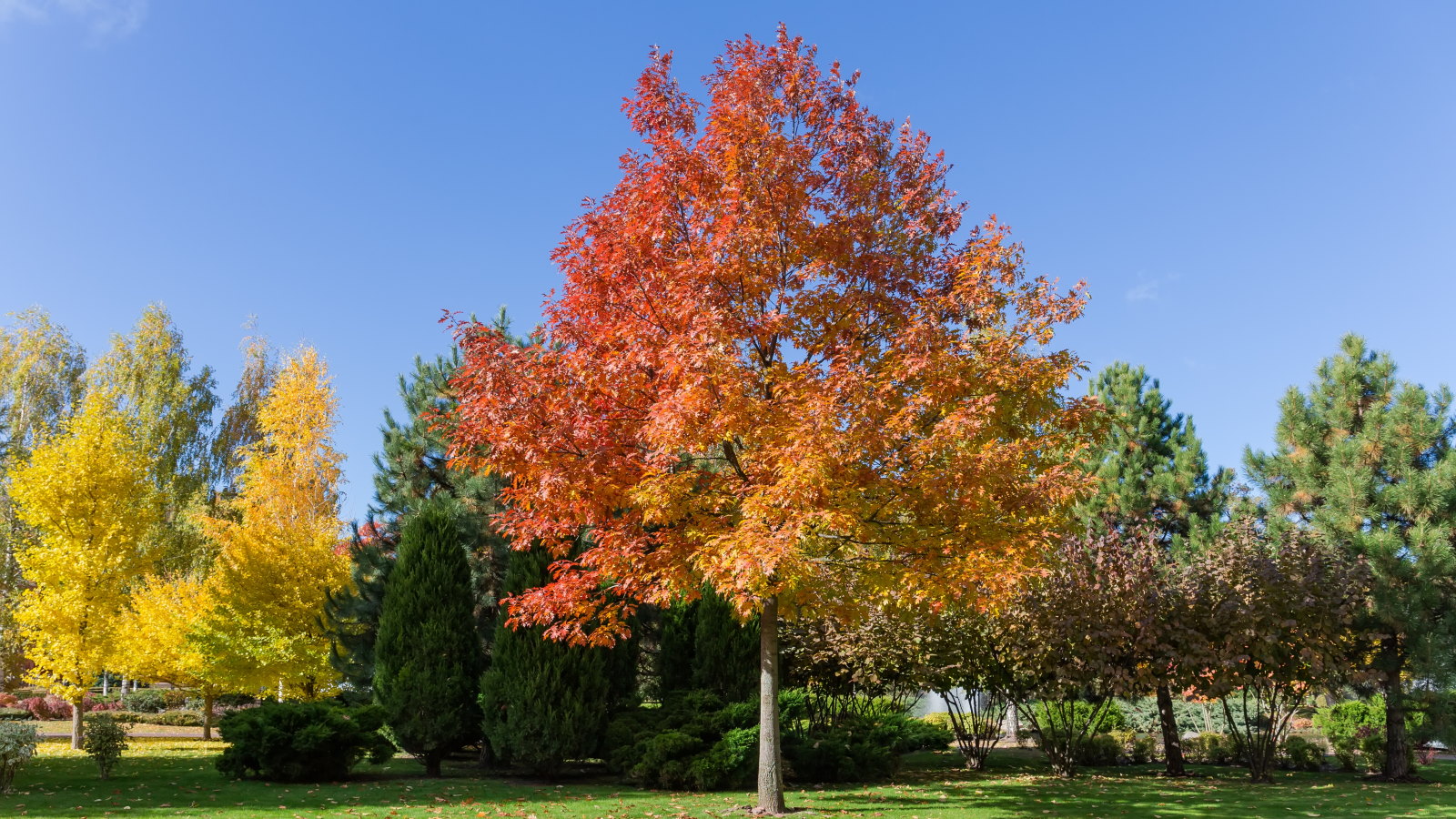 This is your last chance to prune oak trees to avoid a potentially fatal disease that can kill trees within months, arborists reveal
This is your last chance to prune oak trees to avoid a potentially fatal disease that can kill trees within months, arborists revealStay safe and discover what you can prune at different times of the year
By Drew Swainston Published
-
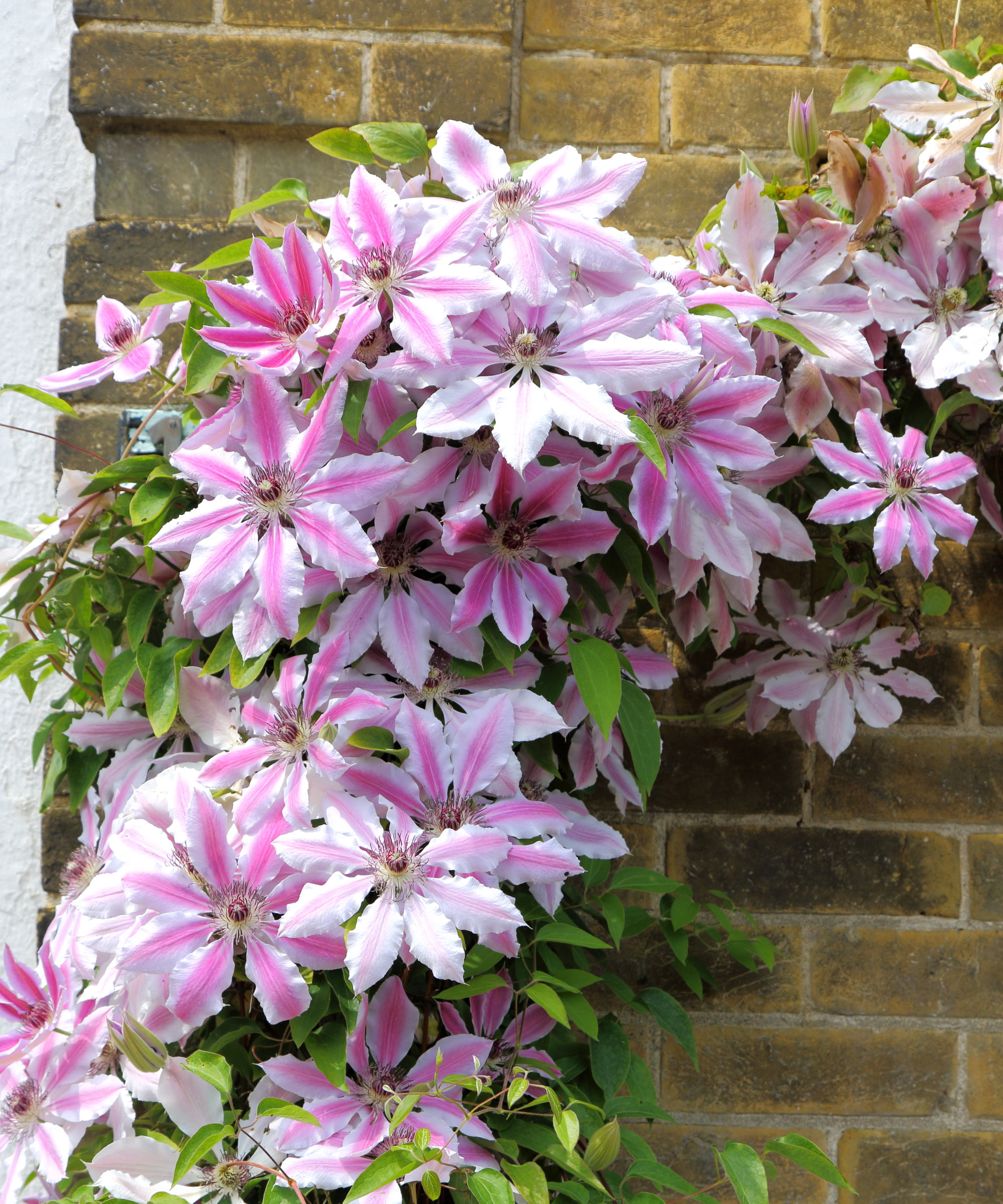 Expert horticulturists reveal 5 clematis pruning mistakes to avoid if you want spectacular floral displays
Expert horticulturists reveal 5 clematis pruning mistakes to avoid if you want spectacular floral displaysWhy you need to prune at the right time and not remove too much or too little
By Drew Swainston Published
-
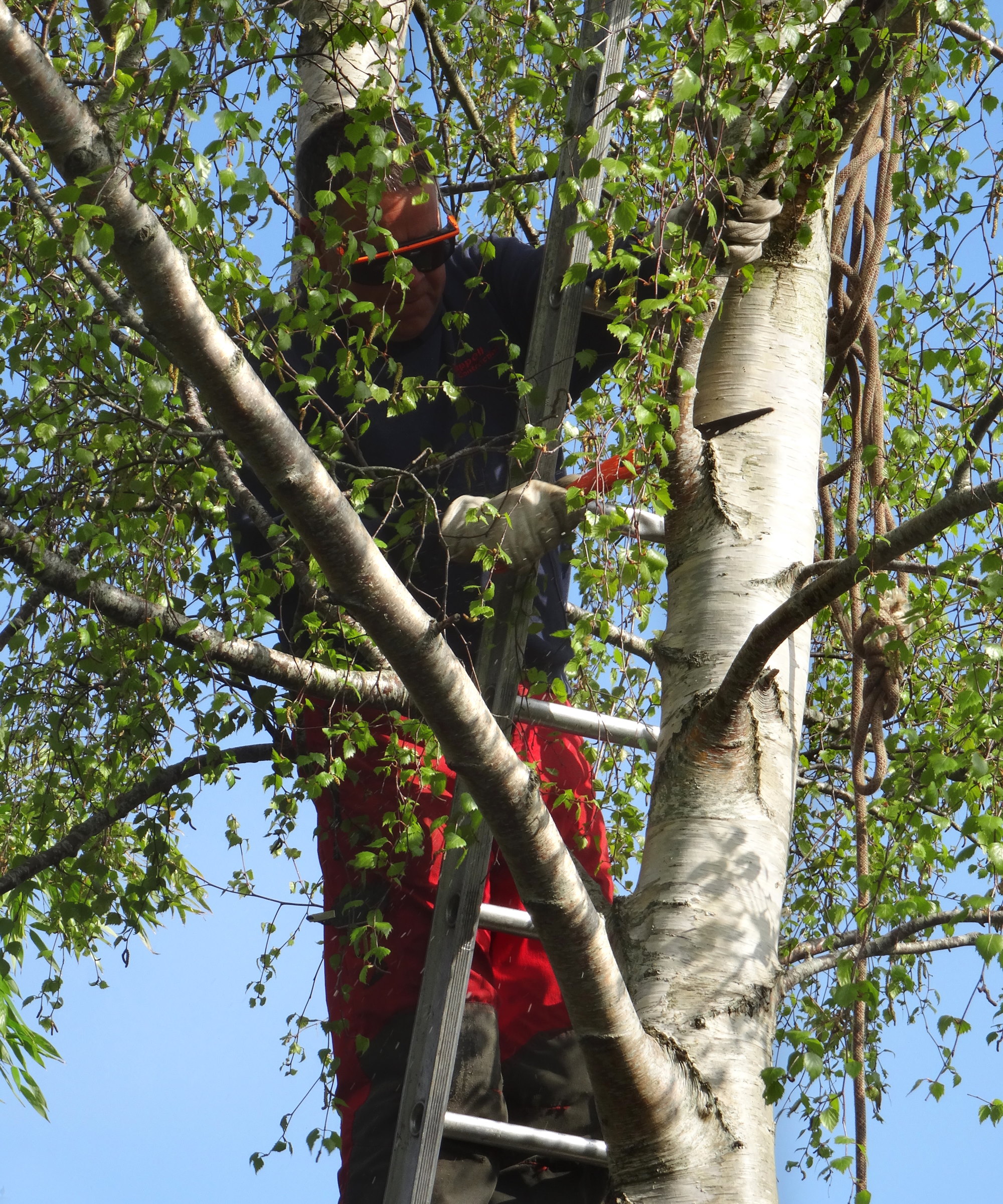 How to prune birch trees – arborists reveal 5 golden rules to follow and 3 things you should never do
How to prune birch trees – arborists reveal 5 golden rules to follow and 3 things you should never doAggressive pruning can be fatal to birch trees – here is how to avoid it
By Drew Swainston Published
-
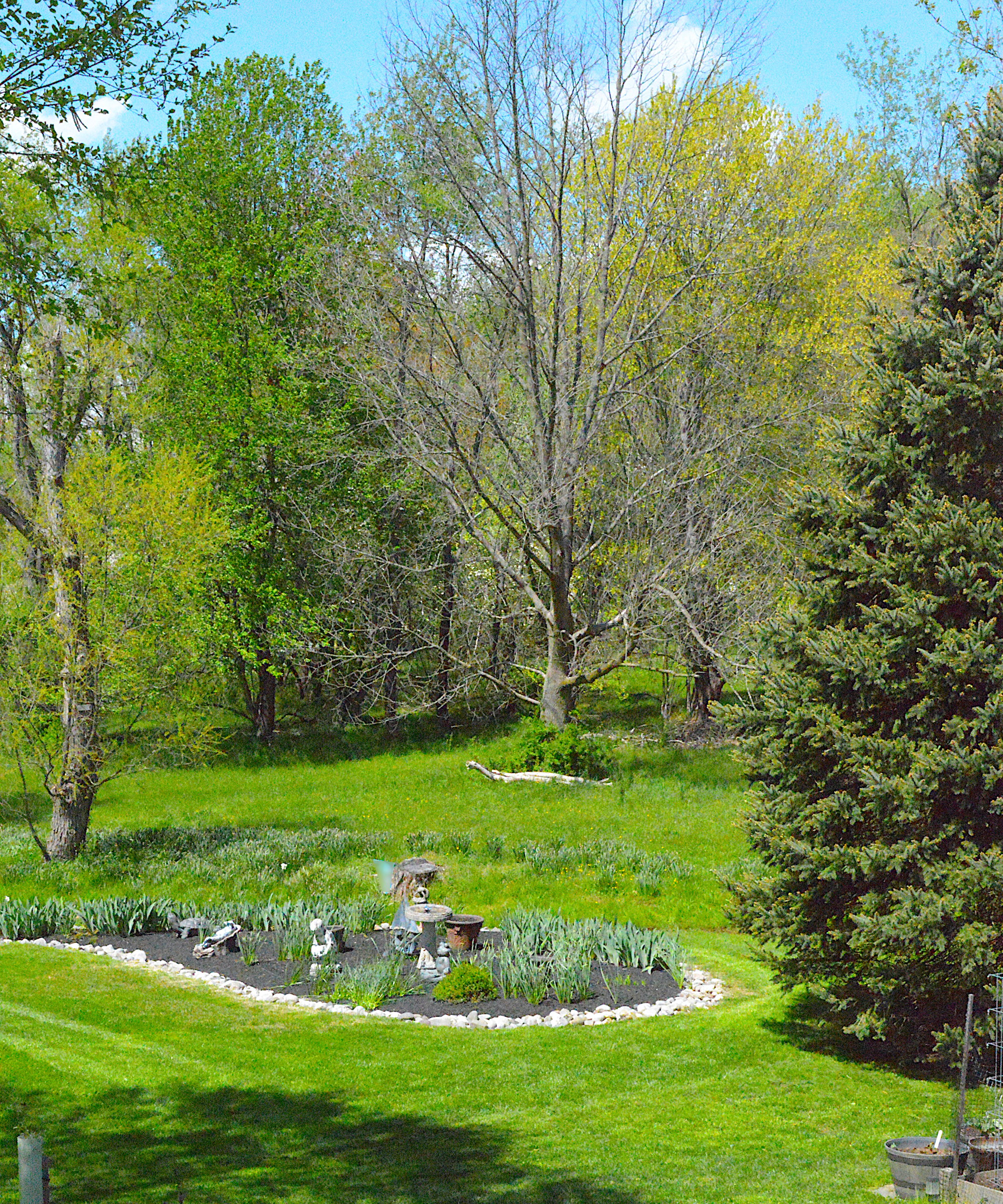 There's still time to prune deciduous trees this month – expert trimming advice for 9 of the most popular backyard trees
There's still time to prune deciduous trees this month – expert trimming advice for 9 of the most popular backyard treesThese trees will benefit from pruning in February with our handy guide
By Drew Swainston Published

